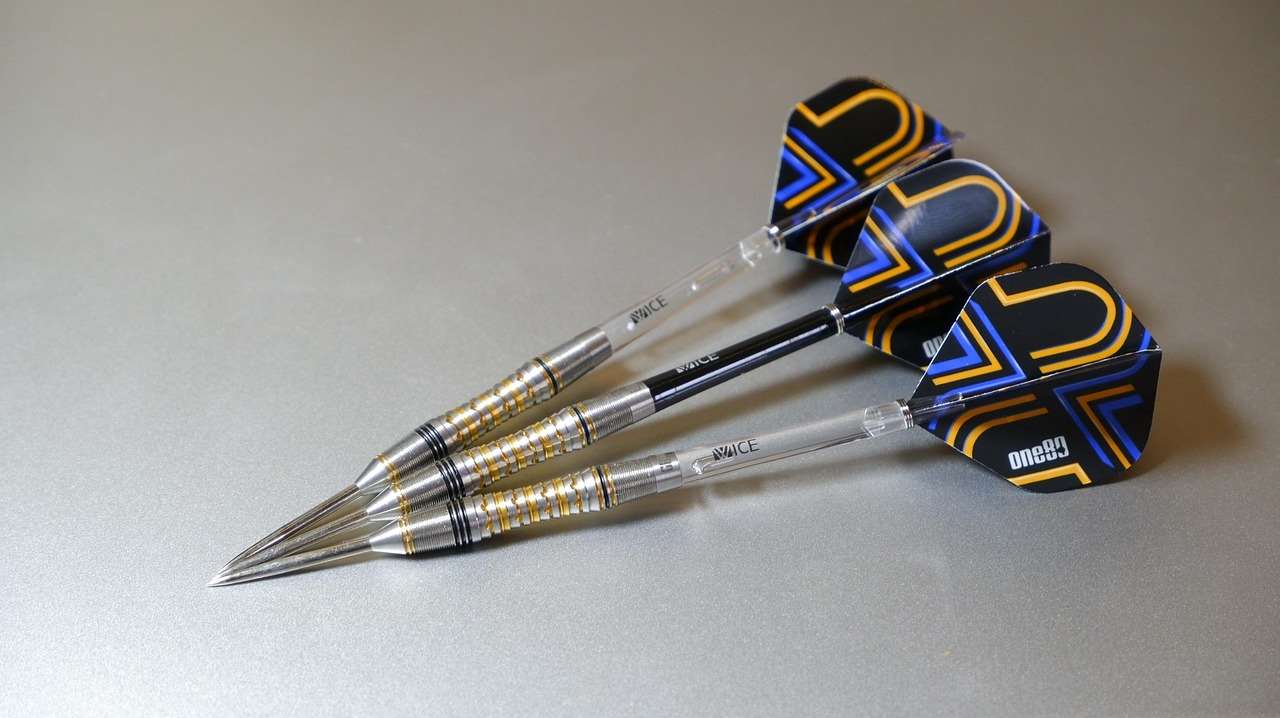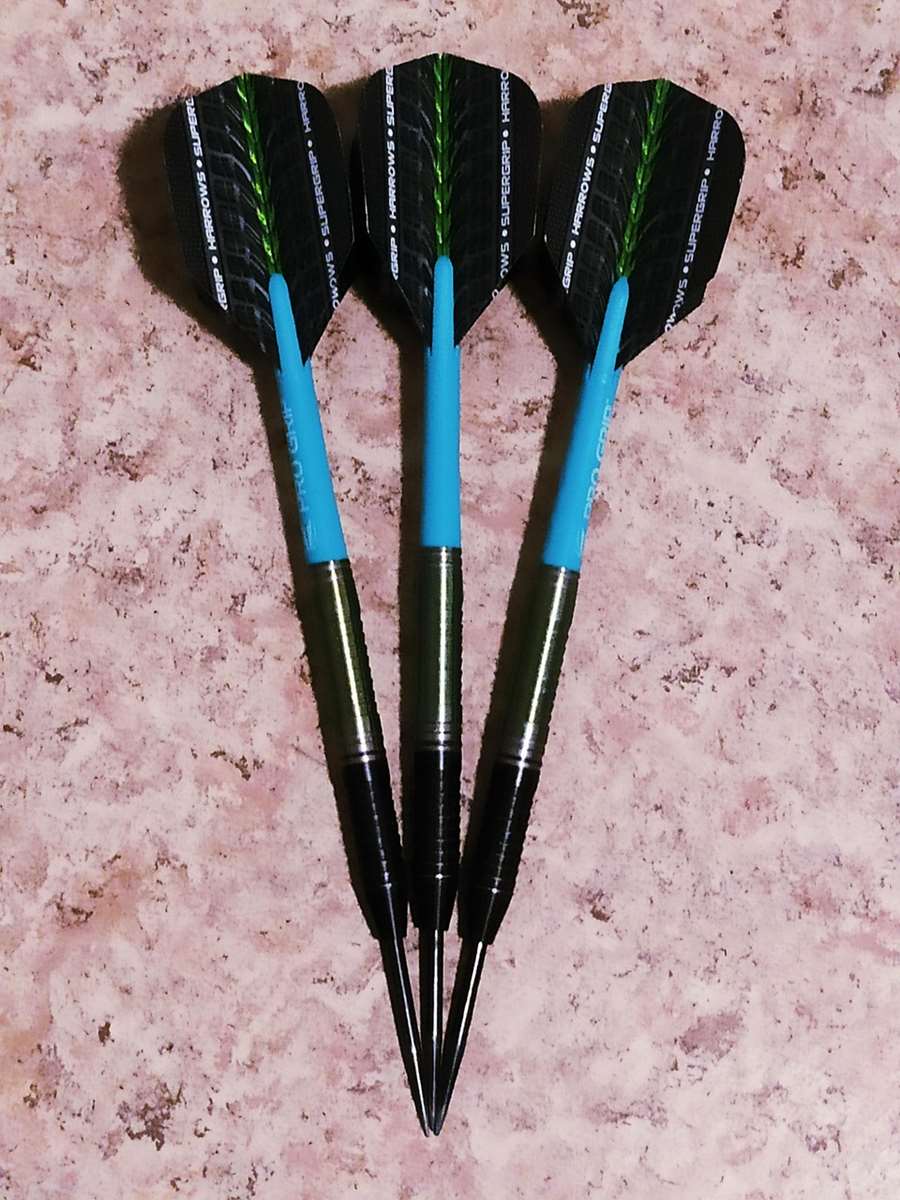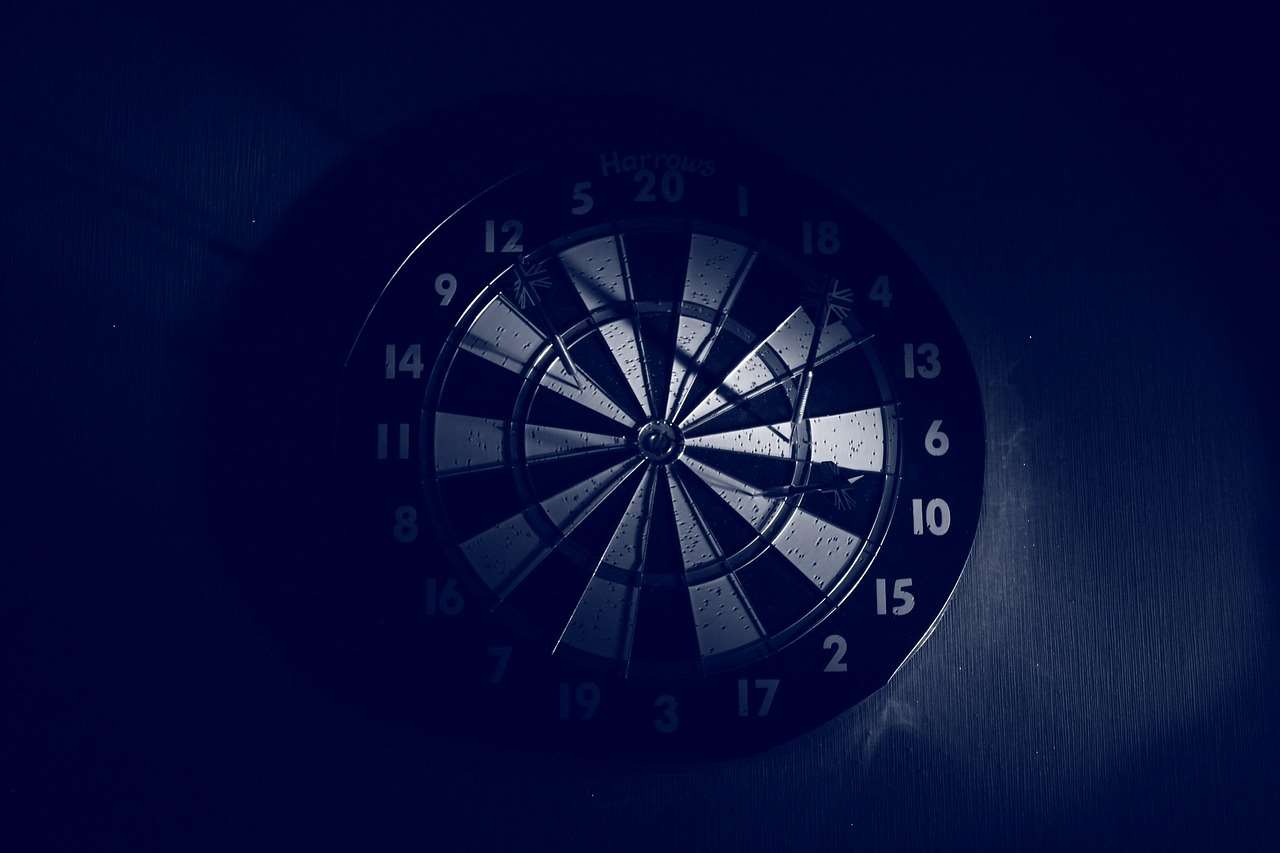Understanding scorekeeping symbols meanings darts is crucial for accurately tracking and enjoying the game. This article will decode those symbols, ensuring you can follow any darts match like a pro, and also delve into the historical context and variations you might encounter.
⚠️ Still Using Pen & Paper (or a Chalkboard)?! ⚠️
Step into the future! The Dart Counter App handles all the scoring, suggests checkouts, and tracks your stats automatically. It's easier than you think!
Try the Smart Dart Counter App FREE!Ready for an upgrade? Click above!
Decoding the Dartboard: A Visual Guide to Scoring
Before diving into the specific scorekeeping symbols meanings darts, it’s essential to understand the dartboard itself. The circular board is divided into numbered sections, ranging from 1 to 20. Each section is further divided into segments by wires.
- Single Area: The large area between the outer wire (the double ring) and the inner wire (the treble ring).
- Double Ring: The outermost ring, hitting which doubles the value of that section.
- Treble Ring: The inner ring, hitting which triples the value of that section.
- Bullseye: The center of the board.
- Outer Bull (Single Bull): The green ring surrounding the bullseye, worth 25 points.
Knowing these areas is fundamental to understanding how scores are calculated and recorded.

Common Scorekeeping Symbols Meanings Darts
When keeping score in darts, certain symbols are universally understood. These help to quickly and efficiently record each player’s progress. Let’s examine some of the most common:
- Number: Represents a single score in that section. For instance, “20” means the player hit the single 20.
- D (Double): Placed before a number (e.g., D20) indicates a double score. D20 means the player hit the double 20, scoring 40 points.
- T (Treble): Placed before a number (e.g., T20) indicates a treble score. T20 means the player hit the treble 20, scoring 60 points.
- B or 25: Usually represents hitting the outer bull, worth 25 points.
- DB or 50: Stands for Double Bull, referring to the bullseye itself, which is worth 50 points.
- ‘X’ or a Line: Can indicate a miss, a bust (going over zero), or a throw that doesn’t count for a specific reason. The context of the game will determine the reason.
- Slash Marks (//): Often used in groupings of three to represent the three darts thrown in a turn.
Understanding these symbols is crucial when adapting darts rules for beginners and understanding more complex games like 501.
Variations in Scorekeeping Symbols
While the above symbols are fairly standard, some variations exist depending on the region, league, or even personal preference. Being aware of these can help avoid confusion.
- Using different notations for the bullseye: Some scorekeepers might use “SB” for Single Bull instead of “25.”
- Using different notations for the double bullseye: some use “DB” while others use “bull” or “50”
- Slight variations in marking misses: While ‘X’ or a line is common, some might use a ‘0’ or simply leave the space blank, although this is less common as it can be ambiguous.
It’s always a good idea to clarify the scorekeeping symbols meanings darts before starting a game, especially if playing with people from different areas or leagues. Don’t be afraid to ask for clarification!

Advanced Scorekeeping Techniques
Beyond the basic symbols, more advanced techniques can enhance scorekeeping accuracy and efficiency. These are especially useful in competitive settings or when keeping track of detailed statistics.
- Running Totals: Keeping a running total of each player’s score after each turn. This is often written next to the darts thrown for that turn.
- Averages: Calculating the average score per dart or per turn. This provides a more comprehensive performance metric. You can often see average scores displayed on electronic dartboards.
- Checkout Percentages: Tracking the percentage of times a player successfully checks out (reaches zero).
- High Scores: Recording the highest score achieved by each player in a match.
Mastering these advanced techniques can give you a deeper understanding of the game and the players’ performance. This is particularly helpful when modifying rules for mixed-level dart players to ensure fair competition.
Electronic Dartboards and Automatic Scorekeeping
Modern electronic dartboards often automate the scorekeeping process, eliminating the need for manual calculations and symbol interpretation. These boards typically display:
- Current scores for each player.
- Running totals.
- Averages.
- Checkout suggestions.
While electronic dartboards simplify the process, understanding the underlying scorekeeping symbols meanings darts remains valuable. You can learn more about Basic Darts Fundamentals for Beginners, which will also help you to use these boards effectively and appreciate the nuances of the game. Furthermore, it allows you to verify the board’s accuracy and troubleshoot any potential issues. Understanding scorekeeping also facilitates adapting darts rules for small spaces: tips and tricks, allowing you to modify the game while accurately tracking scores.

Tips for Accurate Scorekeeping
Even with a good understanding of scorekeeping symbols meanings darts, errors can still occur. Here are some tips to ensure accurate scorekeeping:
- Pay close attention: Focus on the darts as they land and verify the scores with the players.
- Double-check calculations: Especially when performing mental arithmetic for checkouts, double-check your calculations to avoid errors.
- Use a clear and consistent notation: Adhere to a standardized system of symbols and notations to minimize ambiguity.
- Take breaks: If scorekeeping for an extended period, take short breaks to maintain focus and prevent fatigue.
- Utilize technology: When possible, leverage electronic dartboards or scorekeeping apps to automate the process and reduce the risk of human error.
Accurate scorekeeping is essential for fair play and enjoying the game to its fullest. You can also try fun dart game variations with modified rules where having accurate scorekeeping is even more important!
The Importance of Transparency in Scorekeeping
Transparency in scorekeeping is paramount for maintaining fair play and fostering a positive atmosphere. This means:
- Clearly communicating the score: Announcing each score clearly and audibly after each throw.
- Making the scorecard visible: Ensuring that all players can easily see the running scores.
- Addressing discrepancies promptly: If there is a disagreement about a score, address it immediately and fairly, involving neutral parties if necessary.
Transparent scorekeeping builds trust and ensures that everyone is on the same page. This is especially crucial in competitive matches. Knowing How to make darts fairer with handicap rules also requires transparent scorekeeping to accurately apply handicaps.

Avoiding Common Scorekeeping Mistakes
Several common mistakes can lead to inaccurate scorekeeping. Being aware of these can help you avoid them.
- Misreading the board: Incorrectly identifying which section a dart landed in.
- Calculating checkouts incorrectly: Making mistakes when subtracting scores to determine the remaining points.
- Failing to notice a bounce-out: Missing a dart that bounces out of the board, resulting in an unrecorded score.
- Incorrectly recording doubles or trebles: Mistaking a double for a single or a treble.
- Ignoring a “bust”: Not recognizing when a player’s score exceeds the remaining points or ends on a number other than a double or the bullseye for 501.
Careful attention and double-checking can significantly reduce the occurrence of these errors. And now that you have mastered the basics, why not look at creative dart rules for parties and social gatherings to expand your knowledge?
Scorekeeping Apps and Online Resources
Numerous scorekeeping apps and online resources are available to streamline the process and provide additional features. These apps often include:
- Automatic score calculation.
- Checkout suggestions.
- Statistical analysis.
- Game history tracking.
- Multiplayer support.
Exploring these resources can enhance your scorekeeping efficiency and provide valuable insights into your performance. You might even want to consult Alternative darts rules for home play and use these apps to adapt the scoring system.

Conclusion: Mastering Scorekeeping for a Better Darts Experience
Understanding scorekeeping symbols meanings darts is not just about tracking points; it’s about enhancing your overall enjoyment and appreciation of the game. By mastering the symbols, techniques, and tips outlined in this article, you’ll be well-equipped to keep accurate scores, participate in competitive matches, and fully immerse yourself in the world of darts. Now that you understand the intricacies of scoring, start practicing and perhaps even look into Simplified 501 game rules for novice players to test your new skills. So grab your darts, gather your friends, and let the games begin!
Hi, I’m Dieter, and I created Dartcounter (Dartcounterapp.com). My motivation wasn’t being a darts expert – quite the opposite! When I first started playing, I loved the game but found keeping accurate scores and tracking stats difficult and distracting.
I figured I couldn’t be the only one struggling with this. So, I decided to build a solution: an easy-to-use application that everyone, no matter their experience level, could use to manage scoring effortlessly.
My goal for Dartcounter was simple: let the app handle the numbers – the scoring, the averages, the stats, even checkout suggestions – so players could focus purely on their throw and enjoying the game. It began as a way to solve my own beginner’s problem, and I’m thrilled it has grown into a helpful tool for the wider darts community.